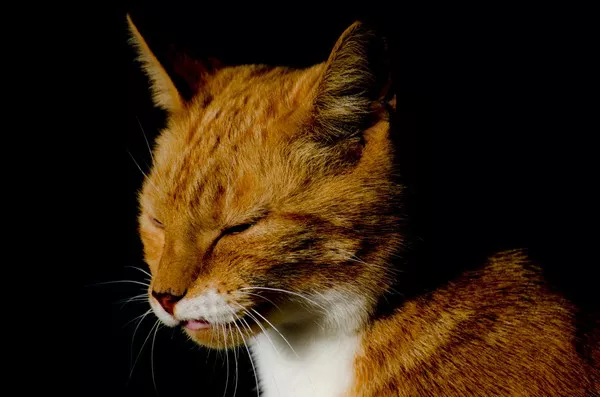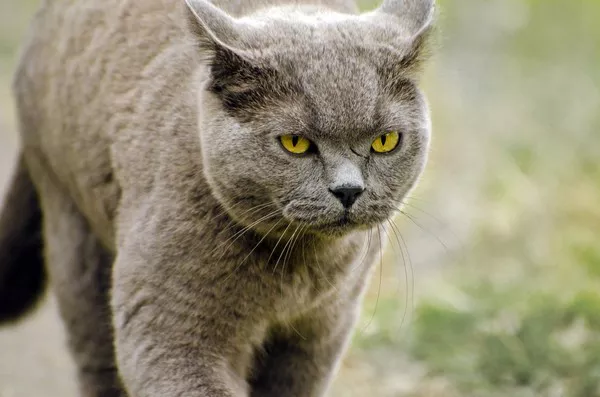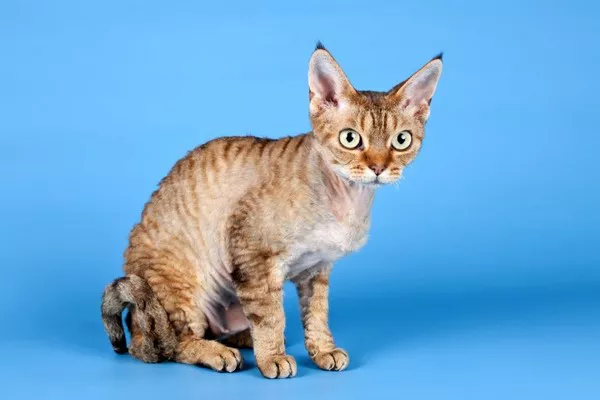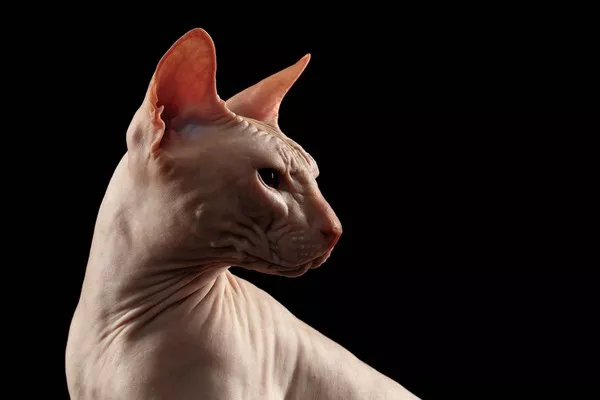Cats are known for their curious nature and sometimes quirky behaviors, but one habit that can be concerning for cat owners is when their feline friend begins to eat plastic. From plastic bags to packaging materials, some cats seem inexplicably drawn to chewing and ingesting plastic objects. In this comprehensive guide, we’ll explore the possible reasons behind why cats eat plastic, the potential risks and health implications, and provide tips on how to prevent and address this behavior.
Understanding the Behavior: Why Do Cats Eat Plastic?
1. Pica Behavior
One possible explanation for why cats eat plastic is a condition called pica. Pica is characterized by the consumption of non-food items, including plastic, paper, fabric, and other materials that are not part of a cat’s natural diet. While the exact cause of pica in cats is not fully understood, it is believed to be related to behavioral, environmental, and medical factors.
2. Exploration and Play
Cats are curious creatures and often use their mouths to explore and interact with their environment. Chewing on objects, including plastic, may be a form of play or exploration for some cats. Plastic items, with their texture and consistency, may be particularly appealing to cats as they investigate their surroundings.
3. Stress or Anxiety
Stress and anxiety can manifest in various ways in cats, including unusual behaviors such as chewing on plastic. Cats may engage in destructive behaviors like chewing on plastic as a coping mechanism for stress or anxiety. Changes in the household, such as moving to a new home, the addition of a new pet or family member, or disruptions to their routine, can trigger anxiety in cats and lead to unwanted behaviors.
4. Nutritional Deficiencies
In some cases, cats may eat non-food items like plastic due to underlying nutritional deficiencies. Cats require a balanced diet that provides essential nutrients, vitamins, and minerals to support their overall health and well-being. If a cat’s diet is lacking in certain nutrients, they may be more likely to exhibit pica behavior as they seek out alternative sources of nutrition.
5. Medical Conditions
Certain medical conditions, such as gastrointestinal disorders, dental issues, or hormonal imbalances, can contribute to pica behavior in cats. Cats may chew on plastic objects as a result of discomfort or pain in their mouth or digestive tract. It’s essential to rule out any underlying medical conditions by consulting with a veterinarian if your cat displays persistent pica behavior.
Risks and Health Implications
While chewing on plastic may seem harmless, it can pose serious risks and health implications for cats:
Gastrointestinal Obstruction: Ingesting plastic or other non-food items can lead to gastrointestinal obstruction, where the foreign object becomes lodged in the cat’s digestive tract. This can cause severe abdominal pain, vomiting, diarrhea, and potentially life-threatening complications that require surgical intervention.
Toxicity: Some plastics may contain harmful chemicals or toxins that can be released when chewed or ingested by cats. These toxins can lead to poisoning, resulting in symptoms such as drooling, lethargy, difficulty breathing, and neurological issues. Certain additives in plastic materials, such as phthalates and bisphenol A (BPA), can be particularly harmful to cats if ingested.
Dental Problems: Chewing on hard plastic objects can cause dental issues for cats, including tooth fractures, enamel wear, and gum irritation. These dental problems can lead to pain, discomfort, and difficulty eating, affecting your cat’s overall health and quality of life.
Tips to Prevent and Address Plastic Chewing Behavior
1. Provide Enrichment and Distraction
Keep your cat mentally stimulated and entertained by providing plenty of enrichment activities and toys. Offer interactive toys, puzzle feeders, and scratching posts to engage your cat’s natural instincts and redirect their attention away from chewing on plastic objects.
2. Remove Access to Plastic
Minimize your cat’s exposure to plastic items by removing or securing them in areas where your cat cannot access them. Store plastic bags, packaging materials, and other potential hazards in cabinets or drawers that are inaccessible to your cat. Be vigilant about keeping plastic objects out of reach and safely stored away.
3. Offer Safe Chewing Alternatives
Provide your cat with safe and appropriate chewing alternatives to satisfy their natural chewing instincts. Offer cat-safe toys made of durable materials like rubber or silicone that are designed for chewing and gnawing. Supervise your cat during playtime to ensure they are using toys safely and avoid ingesting harmful materials.
4. Address Underlying Stress or Anxiety
Identify and address any sources of stress or anxiety in your cat’s environment that may be contributing to their plastic-chewing behavior. Create a calm and secure environment for your cat by maintaining a consistent routine, providing hiding spots and perches for relaxation, and offering plenty of affection and attention.
5. Consult with a Veterinarian
If your cat continues to exhibit pica behavior despite your efforts to prevent it, consult with a veterinarian for further evaluation and guidance. Your vet can perform a thorough physical examination and diagnostic tests to rule out any underlying medical conditions. They can also provide behavioral counseling and recommend appropriate treatment options to address your cat’s chewing behavior.
See also: Can I Make Homemade Cat Food?
Conclusion
While it may be puzzling and concerning to witness your cat eating plastic, understanding the potential reasons behind this behavior can help you address it effectively. By providing appropriate enrichment, removing access to plastic objects, offering safe chewing alternatives, addressing underlying stress or anxiety, and seeking veterinary guidance when needed, you can help prevent and manage your cat’s plastic-chewing behavior and promote their overall health and well-being. Remember to prioritize your cat’s safety and seek professional help if you have any concerns about their health or behavior.



























